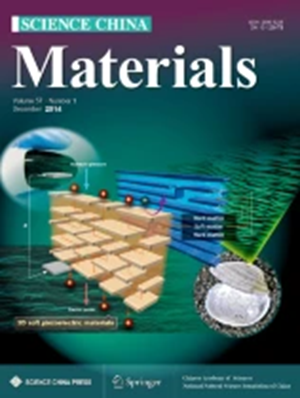Biomimetic soft crawling robot with non-contact sensing for confined spaces
Abstract
Researchers have been inspired by the movement and sensory abilities of animals in recent years due to the idea of soft robotics. This has resulted in the creation of biomimetic soft robots, which incorporate traits like biological vision and tactile sensation for use in manipulation, obstacle avoidance, and path planning. The miniaturization of soft robots has become a key area of research. However, their small size has limited their single locomotion capabilities, preventing true functional integration akin to that of biological systems. Inspired by the movement and electro-sensory abilities of insects in nature, this research developed a compact and lightweight (900 mg) electrothermal-driven (ETA) soft robot equipped with capacitive non-contact sensing. The electrothermal PE/CNT/PI composite film actuator exhibits excellent mechanical properties and flexibility, achieving a maximum bending angle of 320° and demonstrating a load capacity of at least 5 times its own weight. The sensor component consists of 0.2 mm diameter silver wire, which detects the proximity of objects through changes in the edge electric field. The signal response is highly sensitive and can effectively identify obstacles of various diameters. Compared to other reported works, this soft robot focuses on detecting the external environment, possessing the ability to sense obstacles in narrow spaces and dimly lit conditions. It also utilizes the generation of sensor signal changes during motion to obtain information about its own posture. This provides a new approach and basis for future applications in complex environments.

 求助内容:
求助内容: 应助结果提醒方式:
应助结果提醒方式:


